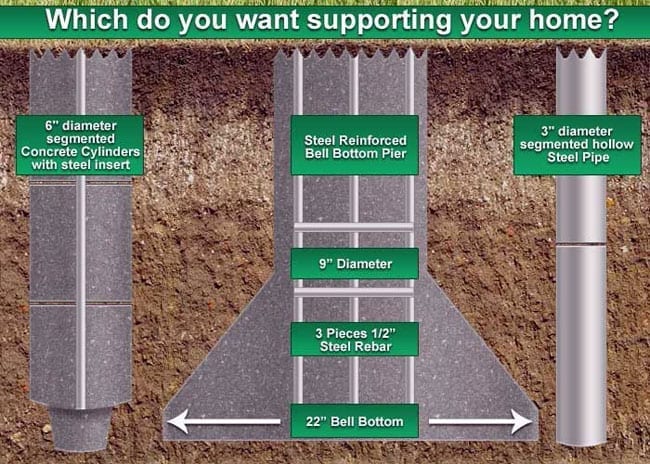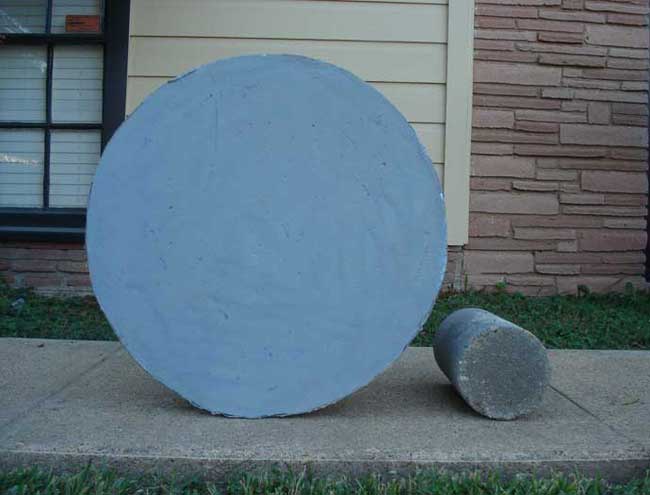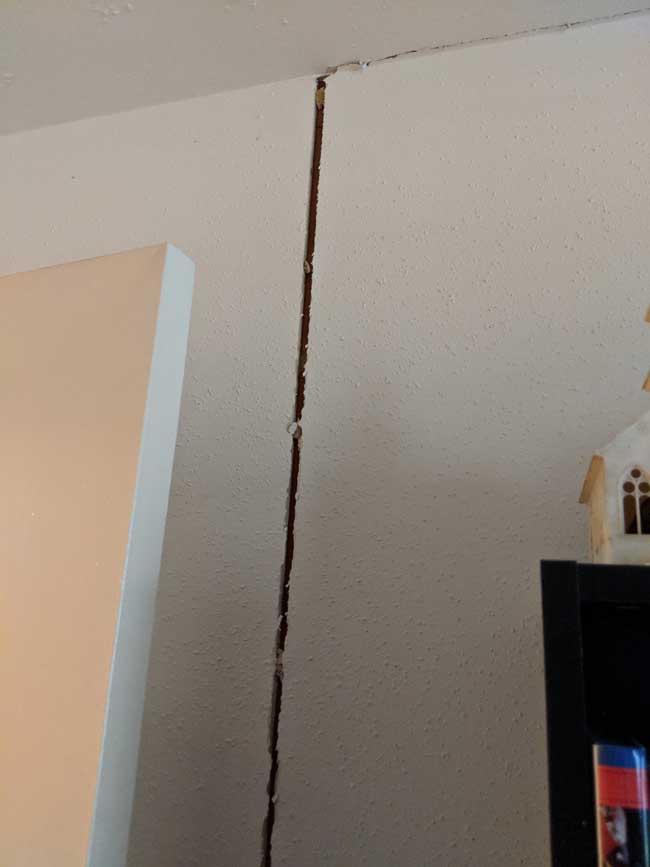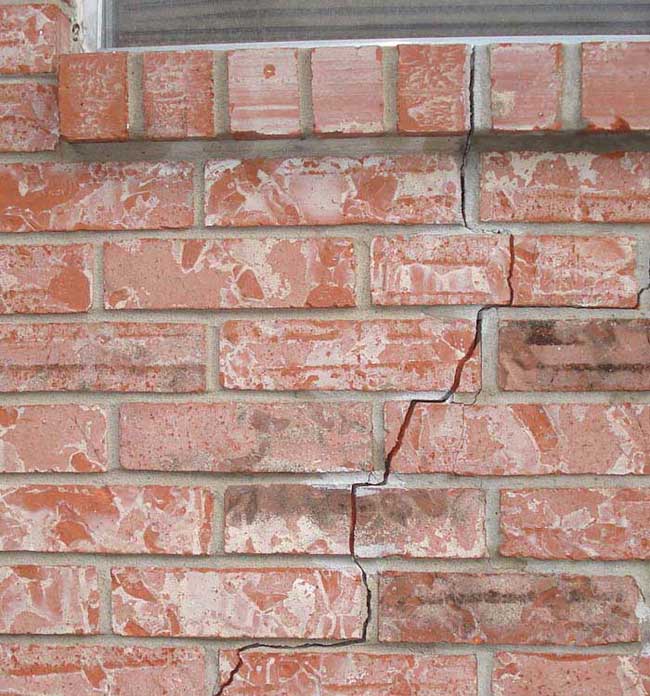Sugar Land Foundation Repair – Bell Bottom Piers are/is the Highest Quality repair method available in Texas. It is Time-tested, Proven, and Permanent with significant advantages over cheaper repair methods. As the image below illustrates, the single unit Bell Bottom Pier has a support area or “foot” that is 13 times greater in surface area than the smaller concrete cylinder used in the pushed pile method. In addition, the “Factor of Safety” (load capacity) is 5 to 20 times greater with the Bell Bottom Pier. More support area, greater load bearing capacity, greater strength, and more are all part of a Permanent home foundation solution.

High Quality Foundation Repair Method
We install the Highest Quality Foundation Repair Method in the state of Texas – the Bell Bottom Pier method. We use this method because we believe that a homeowner’s foundation repair issue should be addressed on a permanent basis. Unlike our competition, we do not install quick, fast, or temporary fixes (pushed piles) and lock-in unknowing homeowners in contracts with Mandatory Arbitration clauses (consumer loses 90%+) and mandatory charges to relevel houses because of failing repair methods. The Sugar Land area has a large number of two story homes which means that every square foot of a home’s foundation is supporting more weight than a single story house. And when a two story house begins to experience foundation failure – wall cracks, roof joist damage, under slab plumbing leaks – they are almost always more serious. These houses need a Permanent Solution – proven support and time-tested weight bearing capacity. Anything less simply is a temporary fix and a waste of money. Bell Bottom piers are built as a single structure which gives them much greater strength in resisting the forces of soil movement. The 22 inch diameter bell bottom foot is 13 times greater in surface area than a six inch diameter concrete cylinder. It has a weight bearing capacity between 5 and 20 times greater than a column of loosely connected pushed piles. Please visit our comparison page to read more about the inherent advantages of Bell Bottom Piers.
Climate Influences On Local Soil Conditions
There are two major waterways traversing the local area. During times of rainfall, the area serves as a watershed and significant amounts of water are drained through and from this area. The process of hydration and then dehydration of the clay soils is the great enemy of concrete slab home foundations. The Brazos River stretches through the southwestern and southern part of the city and then enters Brazoria County. Oyster Creek stretches from the northwest to the eastern part of the city and then flows into Missouri City. In addition to the natural water systems in the area, there are many man-made lakes that exist in residential master-planned communities. The summer climate in the area also poses risks for the concrete home foundations. The daily high temperatures in mid-summer are usually in the 95°F range. The record high temperature was 109°F in September 2001. The extremely hot weather will dehydrate the soil and when a summer thunderstorm arrives the soil is quickly rehydrated. The dehydration of the soil has shrunk the soil and the rapid hydration has expanded the soil. This process, repeated several times a year, can inflict tremendous damage on a home’s foundation. And when there is an extended period of drought, the soil underneath homes and buildings will shrink dramatically. When this happens the clay soil will literally pull away from a portion of the bottom of the concrete slab, creating a void. When this void becomes too big, this are of the slab foundation literally cracks and “falls” until it reaches something to support it – the shrunken soil. This is called settlement.
Local Soil Characteristics As They Affect Home Foundation Repair
The local soil conditions that frequently cause foundation problems and necessitate concrete slab repairs are “rooted” in the clay soils. In particular, concrete slab foundations are damaged by soil expansion and contraction and subsequently need an additional method of support and stability. The land surface in this geographic area is unconsolidated clays, clay shales and poorly-cemented sands. This surface area extends to a depth of several miles. The soil is a softer, smoother type that consists of loam, clay, and silt with almost no rocky areas and a very deep bedrock. This makes the ground softer and results in extreme plasticity (the rate at which the soil shrinks and swells). Overall, the area has a relatively high degree of soil instability making foundation problems fairly common. The characteristics of the clay soils present homeowners with challenges the did not expect when purchasing their homes. Clay soils will expand in volume when they are saturated with water. Conversely, clay soils will shrink dramatically in volume during dry, hot weather when they lose large quantities of water and moisture. This swelling and shrinking of the clay soils can and will crack concrete slabs in a few short years. We have numerous engineering studies and reports on our website that discusses some of these foundation issues. Some may be a bit technical but the general concepts and conclusions can be understood by most. Click here to read some of these engineering reports concerning foundation problems in houses.
